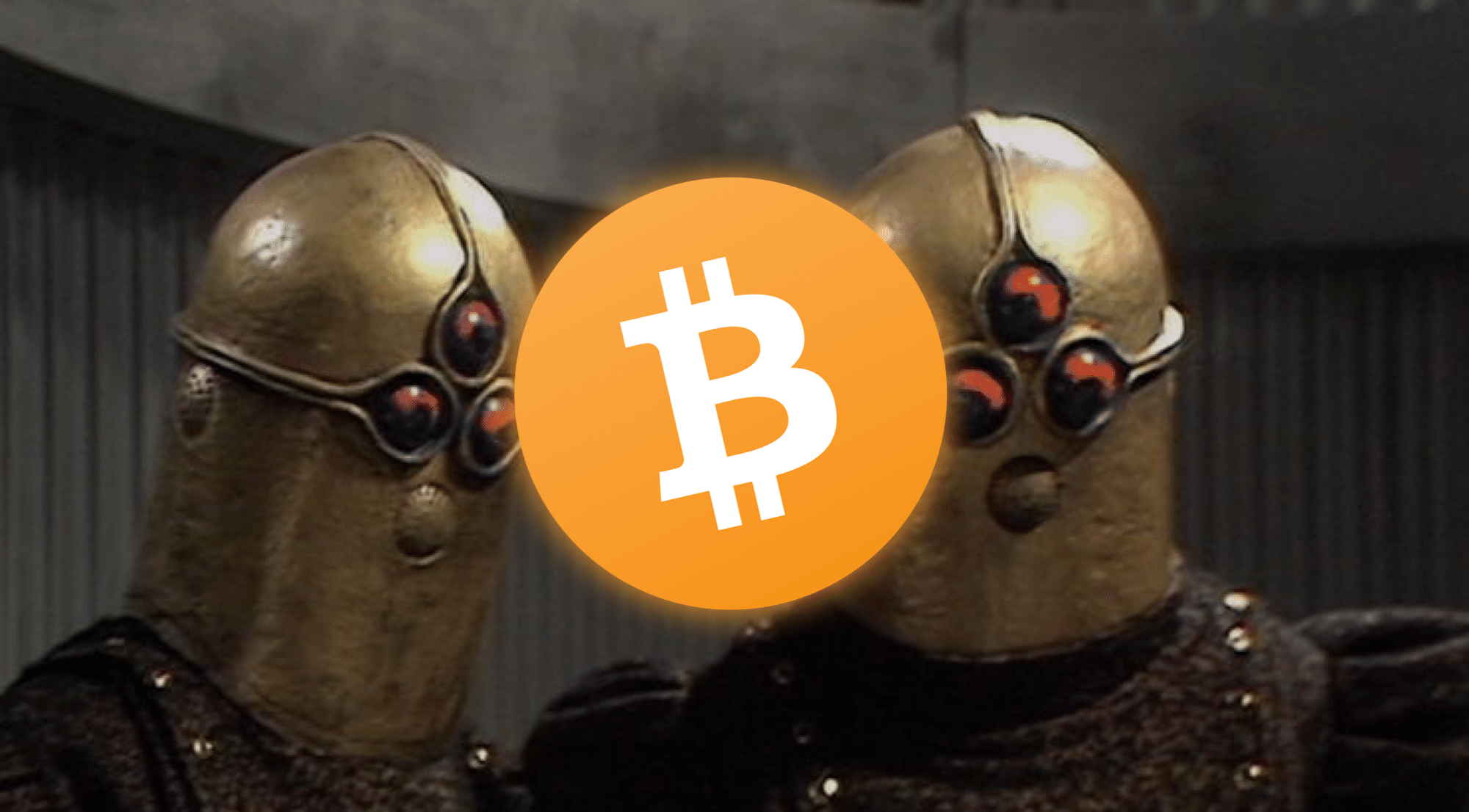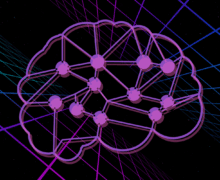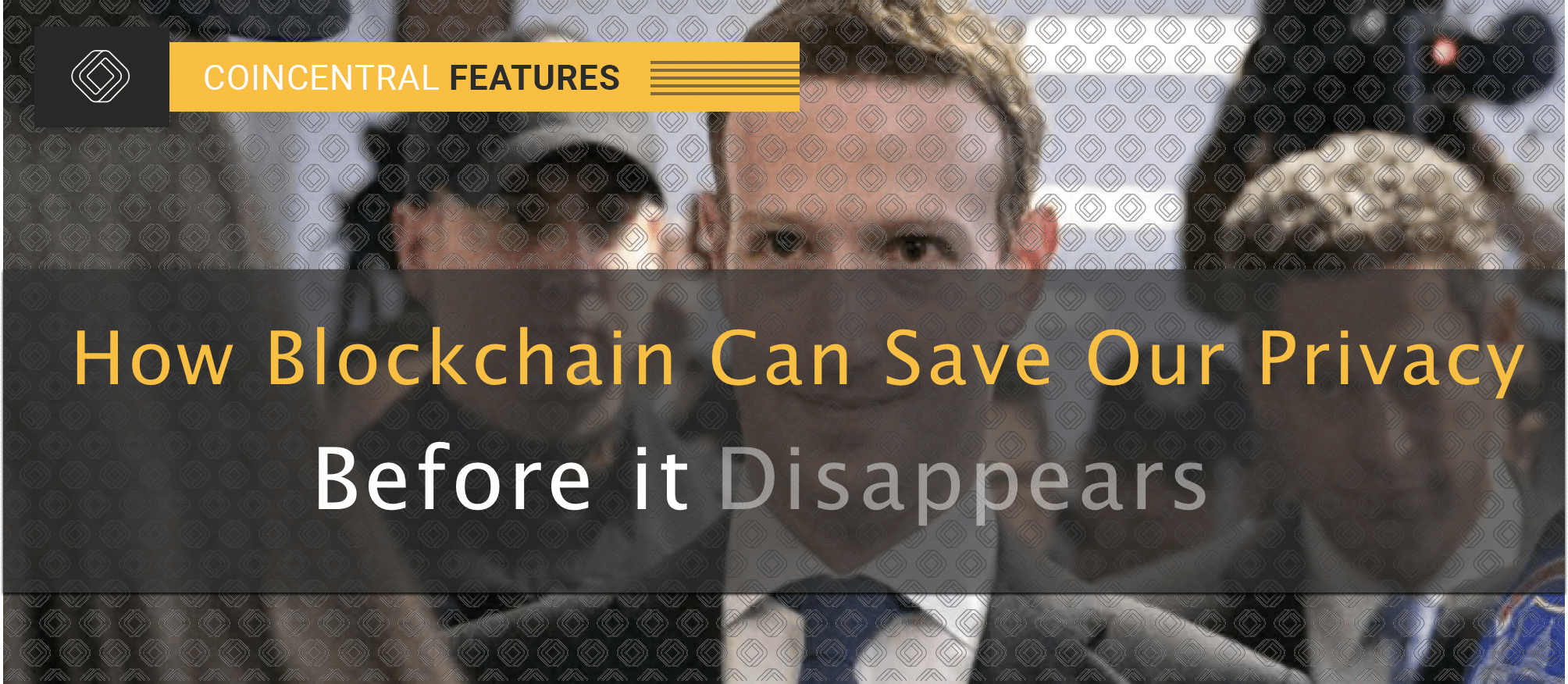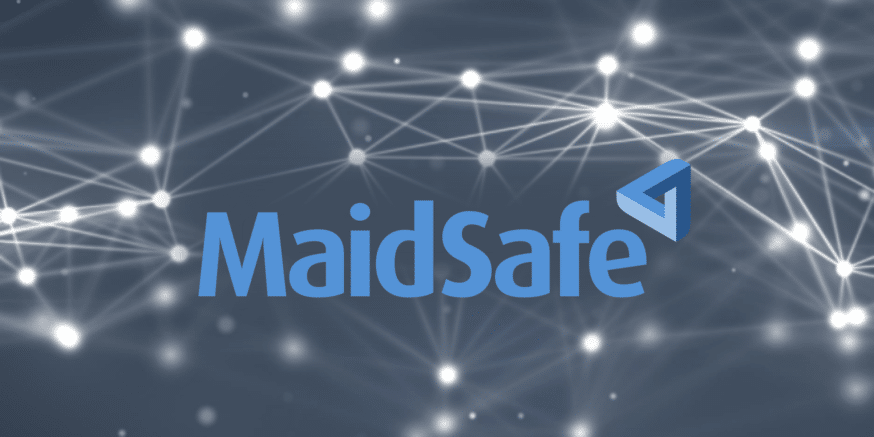What Is MaidSafeCoin?
MaidSafeCoin serves as a token for Safecoin, a decentralized currency for a decentralized network. Safecoin serves as the currency for the SAFE network, a network made up of the extra hard disk space, processing power, and data connectivity of its users.
Think of it as the sharing economy but for your digital resources. MaidSafe is the company developing the SAFE network to save the world from the perils of centralized data storage. In the current paradigm, the best case is corporations use your data to better target you to their advertisers. The worst case is they leak your private data to the public as Yahoo, Equifax, Target, and many other companies have already done.
Standing on the shoulders of giants, the SAFE network combines the features of history’s famous decentralized networks. Inspired by Napster, Freenet, BitTorrent, and Bitcoin, MaidSafe provides the following features:
- Fully encrypted data storage and file sharing
- Ability to use the network anonymously
- Censorship resistant communication
- Serverless data
- Scalable cryptocurrency free from transaction fees
MaidSafe might seem like a strange name at first. But it actually stands for Massive Array of Internet Disks, Secure Access For Everyone. In this guide, we’ll look at:
- How Does the SAFE Network Work?
- History of MaidSafeCoin
- MaidSafeCoin Team and Progress
- MAID Supply and Sustainability
- Trading History
- Where to Buy MAID
- Where to Store MAID
- Conclusion
- Additional Resources
How Does the SAFE Network Work?
The SAFE network ultimately wants to “create a secure, autonomous, data-centric, peer-to-peer network as an alternative to the current server-centric model.” There are two main users of the network: clients and farmers. The client accesses the various features of the network, such as browsing, storing data, or transferring money. The farmers store and look after your data until it’s needed, at which point they might receive a reward for their efforts.
The SAFE network is an “encrypted layer that sits on top of the current internet, allowing for autonomous data storage and networking by replacing three” of the OSI networking layers.
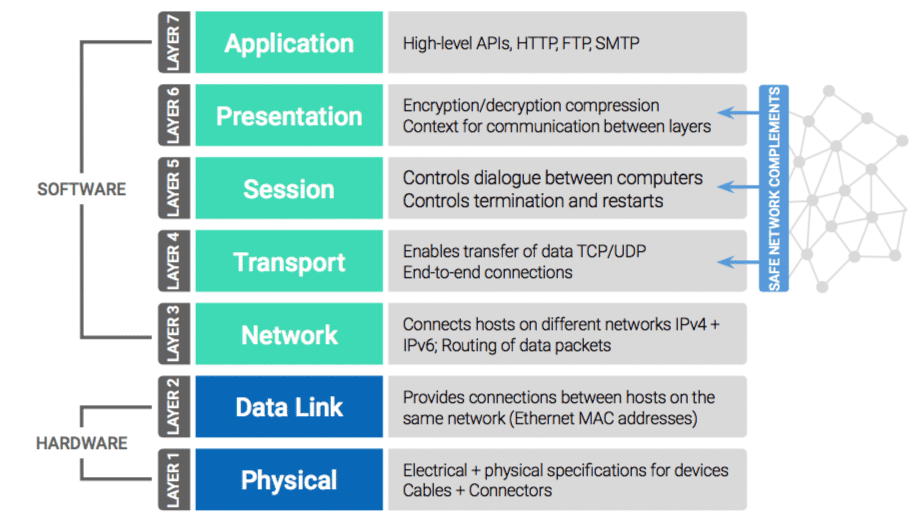
Encrypted Data
Let’s take a look at moving data onto the SAFE network. When you upload a file to the network, such as a photo, it will be broken into pieces, hashed, and encrypted. The data is then randomly distributed across the network. Redundant copies of the data are created as well so that if someone storing your file turns off their computer, you will still have access to your data. And don’t worry, even with pieces of your data on other people’s computers, they won’t be able to read them.
The network automatically creates more copies of data in high demand, so more popular websites would be allocated more copies of their data and actually speed up, rather than slow down under the current system.
The hash function is able to map any piece of data to a 256-bit string of characters (meaning it can be represented by 256 0’s or 1’s in binary). The network will perform the XOR operation on the hash value to randomly create a unique distance to any other piece of data. Don’t think of this as a physical distance, but more the mathematical distance between two numbers. XOR is simply converting two hashes into binary and comparing the bits. If the bits match, the output is 0. If the bits don’t match, the output is 1.
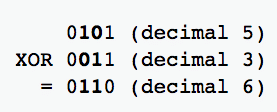
The XOR distance between data and the ability to randomly assign data to a certain location is relevant to the Close Group Consensus, the innovation used by MaidSafe in place of a blockchain.
Vaults and Farmers
We’ve discussed how data is hashed, encrypted, and distributed across the network. But if Maidsafe is vehemently opposed to centralized storage, where exactly does the data go? This is where the vaults come in. The vault software connects you to the SAFE network and saves the distributed pieces of data on your computer. The people running the vault software are referred to as farmers.
To become a farmer, you let the SAFE network know you want to join, and you’ll be sent a Proof of Resource request to see if you have enough bandwidth and CPU power. If you’re accepted, you’ll be assigned pieces of data close to each other in XOR space to store in your vault. Your extra storage space on your hard disk and computing power are used to help run the network.
Earning Safecoins
When someone wants to access a piece of data on the SAFE network, such as a website or a file, the farmers will compete to find the relevant pieces of data and deliver them to the client. If you are the first farmer to deliver the goods, you will have a chance to earn some Safecoin. When you complete your proof of resource, you’ll generate the name of a random Safecoin on the network. If that coin is already owned by someone, you simply receive no reward. However, if you generate the name of a coin with no owner, it’s yours.
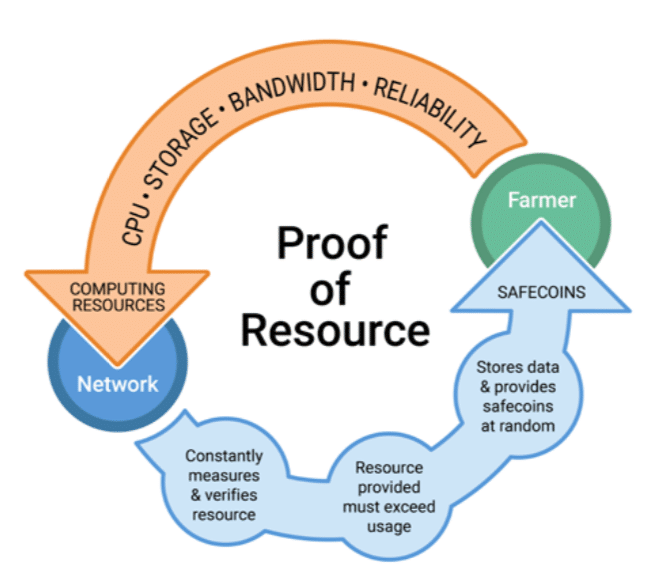
Since the Safecoins are required to upload data to the SAFE network and use applications, Maidsafe hopes the coins will have value and thus incentivize miners to provide their extra resources to the network. The SAFE network also allows for the free and instant exchange of the Safecoins as currency.
Becoming an Elder Vault
As a farmer, your vault starts at level 1 and looks after data in a random group. As you move from group to group, you’ll keep increasing in level, also known as node age. Proof of Resource also tests you by storing random pieces of data on your computer. If you cannot store them properly, your level will be reduced.
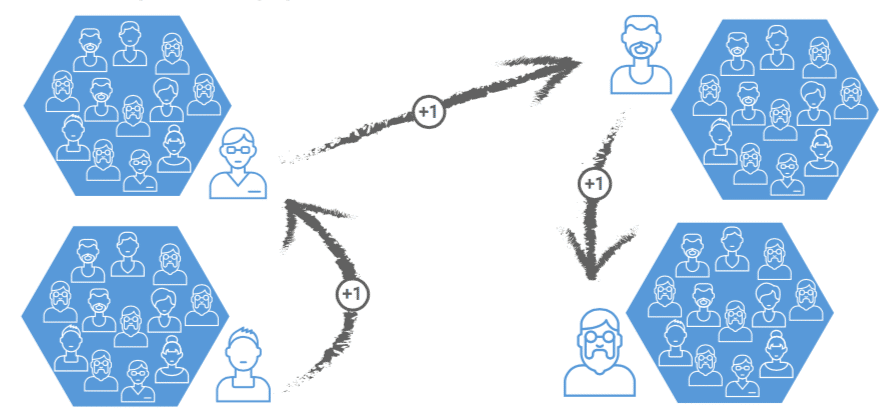
The network will start to gain trust in an older vault. Eventually, you’ll reach a certain level and start making decisions in the assigned groups.

The Vault turned into Elder Vault! On the SAFE network, data is stored in different groups and the Elder Vaults are able to vote on what the groups do with the data.
Close Group Consensus
Hashing can result in 2 to the power of 256 different addresses. These addresses are split into sections and managed by different groups of vaults. The most trusted vaults in the group, the Elders, are required for forming a consensus on important decisions such as splitting up groups, merging with other groups, or handling Safecoin transactions. Vaults always share data with the vaults nearby in XOR space so that the network can be rebuilt.
For example, if the computers in one group were all shut off, the vaults near that group could reconstruct the lost information. In juxtaposition to Bitcoin, where the ledger is broadcasted to all nodes, vaults on the SAFE network have information about the vaults nearby, but less and less information the further away a vault is in XOR space. This is to avoid a vault having a huge influence on the network.
Security
If a bad actor wants to attack data on the SAFE network, they would first have to deal with their vault being assigned to a random space on the network. Then they have to wait to become an elder while moving from group to group, providing proof of resource along the way. Once the attacker becomes an elder, they would need to make sure they are in a group with other attackers due to the need for consensus. However, with the XOR operation assigning vaults to random groups of data, it once again proves hard to coordinate any attack.
Double Spending
Unlike Bitcoin, which broadcasts a public ledger of how much Bitcoin each wallet owns, Safecoins are actual files on the network. Each Safecoin file contains information on its current owner, but not the entire history of the coin. To change the owner of a file, you’ll need the consensus from a majority of vaults handling that Safecoin file.
Let’s say there is an attempt to send 1 Safecoin to 2 different owners at the same time. Perhaps ¾ of the vaults will receive one instruction and the remaining ¼ receive a different instruction. The vaults would only be able to reach a consensus on one of the proposed transactions.
[thrive_leads id=’5219′]
History of MaidSafeCoin
MaidSafe, a Scotland based company, started developing the SAFE network in 2006. The presale on April 22nd, 2014 sold 10 percent of all MaidSafeCoins. You could buy 17,000 MaidSafeCoins for one BTC at that time. The company allowed 30 days to try and reach their eight million dollar fundraising goal, but they reached the target in just five hours. When the SAFE network is fully operational, you will be able to exchange the MaidSafeCoins for Safecoins.
MaidSafeCoin Team and Progress
Fifteen percent of the Safecoins is reserved for the development team, led by founder David Irvine. The team is currently in stage Alpha 2 on their roadmap.

Currently, you can access a browser, create and publish websites, and download an encrypted mail tutorial. However, you’ll have to wait until MaidSafe moves out of the alpha stages before you can start using Safecoins.

Software bundled with the Peruse browser allows connection to Vaults while hiding the IP address of the user. If you want to browse a safe site or download any file that’s publicly posted, it costs you nothing. In the future, it’s only if you want to store data on the network that it will cost you some Safecoin. The team has not set a date for the SAFE network launch.
Competition
There are a few other data storage blockchain companies, but none of them have been around as long as MaidSafeCoin. Filecoin gained notoriety after raising a $257 million ICO. And Siacoin is currently the leader in terms of market cap. MaidSafeCoin is unique in that the SAFE network doesn’t actually use a blockchain. So, once the product is live, the network’s currency, Safecoins, won’t exist on the Bitcoin blockchain.
MAID Supply and Sustainability
The Safecoin files are 32 bit in size and thus there are 2 to the power of 32, or 4.3 billion, possible coins. If you own MaidSafeCoins, eventually you will be able to send them to an unspendable address and in return receive Safecoins.
The rate at which Safecoins are rewarded to Farmers is dependent on the supply and demand of the network. If there are many farmers and too much storage available, the network will reward coins at a lower rate. If there is a storage shortage, more coins will be rewarded to incentivize more farming. This design aims to avoid huge centralized farms opening up and controlling the network. With Bitcoin, spending money on ASICs will increase your hashing power and increase your block rewards. With the SAFE network, adding more storage to the network would lead to diminishing returns.
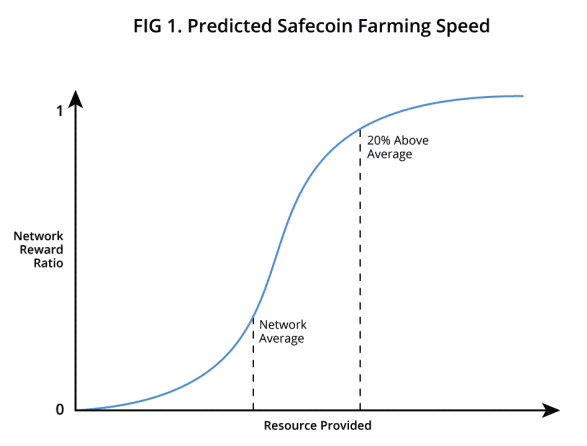
When people spend Safecoins to upload their data, those Safecoins recirculate to farmers through Proof of Resource rewards.
In terms of sustainability, Maidsafe plans to preserve all data indefinitely due to decreasing costs of CPUs, bandwidth, and storage.
Trading History
MaidSafeCoin has had one of the wildest trading lives of any altcoin. Although the price stayed relatively flat in USD value throughout 2014, 2015, and 2016, it’s BTC price fluctuated drastically. The BTC price bounced between 0.00002 BTC and 0.00018 BTC before skyrocketing to an all-time high of 0.000273 in March 2016. There doesn’t appear to have been a catalyst for the extreme price movement. Because the market was young and the market cap was small (in comparison), it may have just been a few large traders purchasing the coin.
The MAID price hit an all-time USD high of around $1.17 at the height of the most recent bear market at the start of January 2018. Since then, the price has steadily fallen and currently sits at about $0.12 (~0.000031 BTC).
As Maidsafe moves along the roadmap and releases new features for the SAFE network, we should hopefully see an overall increase in the value of the MaidSafeCoin. When the Safecoins become operational on the SAFE network, it’s possible you might see an increased demand for the MaidSafeCoin as well.
Where to Buy MAID
Unfortunately, your options for buying MAID are slim. You can find the majority of MaidSafeCoin volume on HitBTC and Poloniex.
Where to Store MAID
There is currently no dedicated wallet at this time. Leaving MAID, or any coin for that matter, on an exchange is not recommended. However, you can use the web wallet Omniwallet. It’s also possible to use Omnicore, an offline wallet, but it requires you to download the entire Bitcoin blockchain.
Conclusion
The SAFE network is still in its infancy. But it’s clear to see the possible benefits if they are successful in their mission. There would no doubt be a demand for decentralized data storage, anonymous browsing, and personal info management. We would no longer have our private data stored on corporate machines or governments spying on all communications. The SAFE network gives the power of the internet back to the people, paying for it not with personal data, but with Safecoin.
Editor’s Note: This article was updated by Steven Buchko on 2.19.19 to reflect the recent changes of the project.
Additional Resources
Never Miss Another Opportunity! Get hand selected news & info from our Crypto Experts so you can make educated, informed decisions that directly affect your crypto profits. Subscribe to CoinCentral free newsletter now.
